Scientists at the University of Southampton find strong absorption in metal-infiltrated crystals, which they assigned to localized surface plasmon modes.
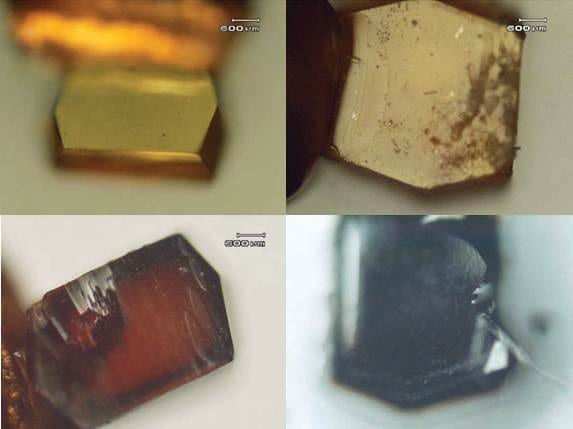

Scientists at the University of Southampton find strong absorption in metal-infiltrated crystals, which they assigned to localized surface plasmon modes.
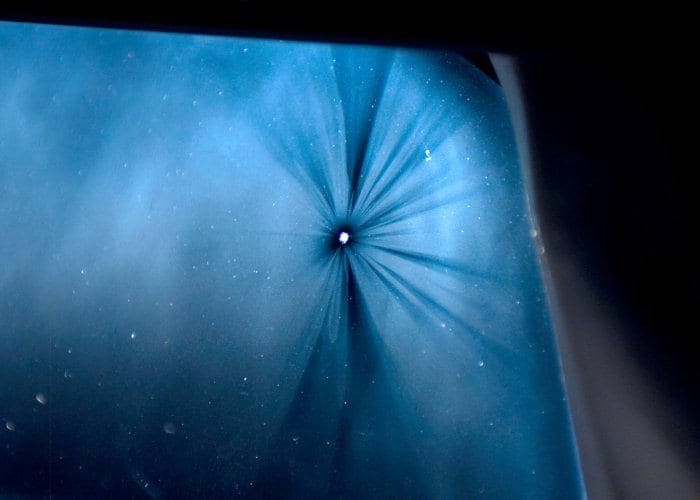
Scientists report in Advanced Engineering Materials a new materials for shielding spacecraft from micrometeroid and space debris impact.
“Nanobrick wall” blocks oxygen and carbon dioxide transmission, and has high hydrogen selectivity.
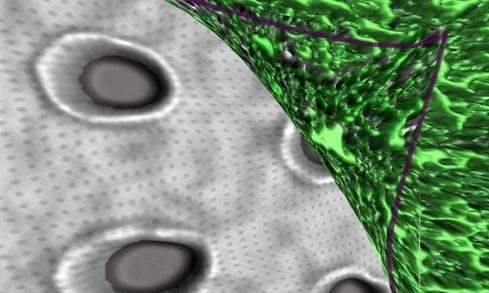
Duke University engineers have developed a material that can be applied like paint to the hull of a ship and dislodge bacteria from the ship’s surface.
Molybdenum oxide sheets produced through exfoliation break industry standard limit for low-dimensional silicon.
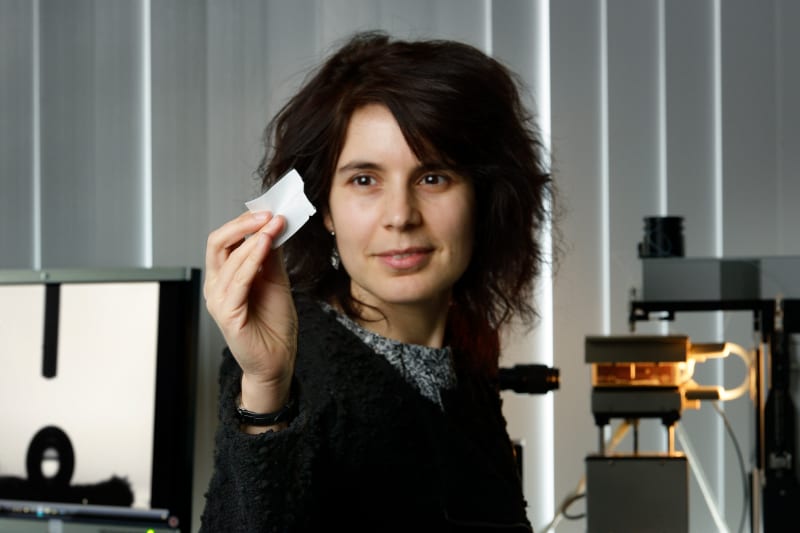
Researchers have developed a special treatment for cotton fabric that allows the cotton to absorb up to 340 % of its own weight in water.
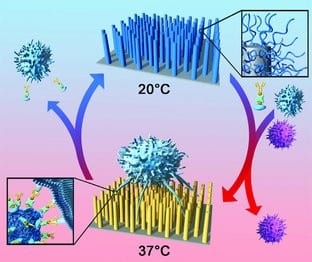
New immobilization method from the Chinese Academy of Sciences will improve cancer detection and treatment.
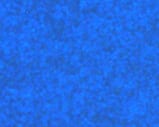
Kyushu University researchers demonstrate a new blue phase material with expanded temperature range and Bragg wavelength shift.
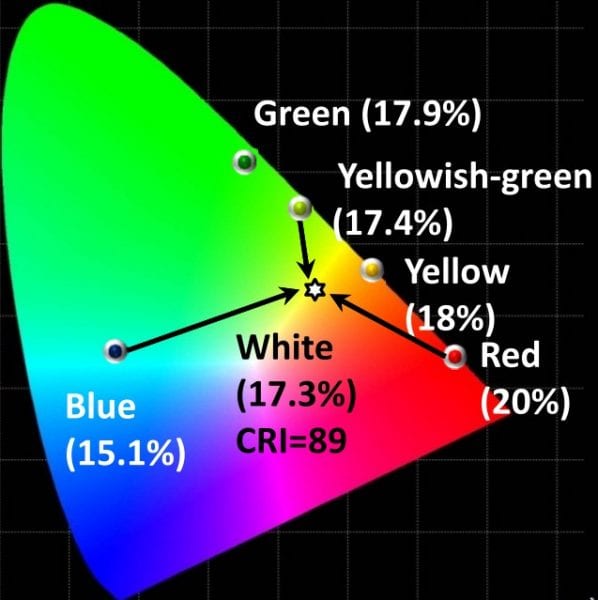
A research team from Taiwan have successfully created a tailor-made host material that allows creation of efficient, cheap to fabricate OLEDs and WOLEDs.
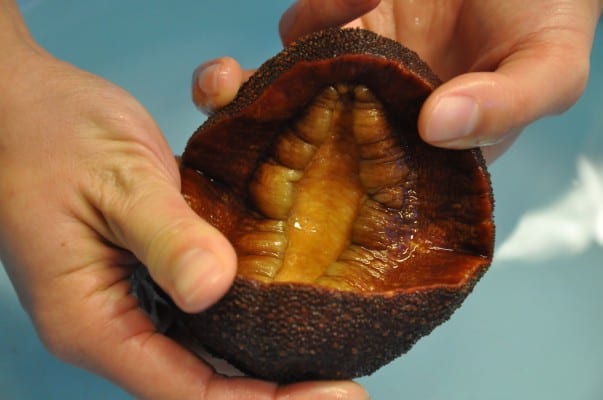
Assistant professor David Kisailus studies the chiton, a marine snail found off the coast of California, to develop nanoscale materials for energy applications.